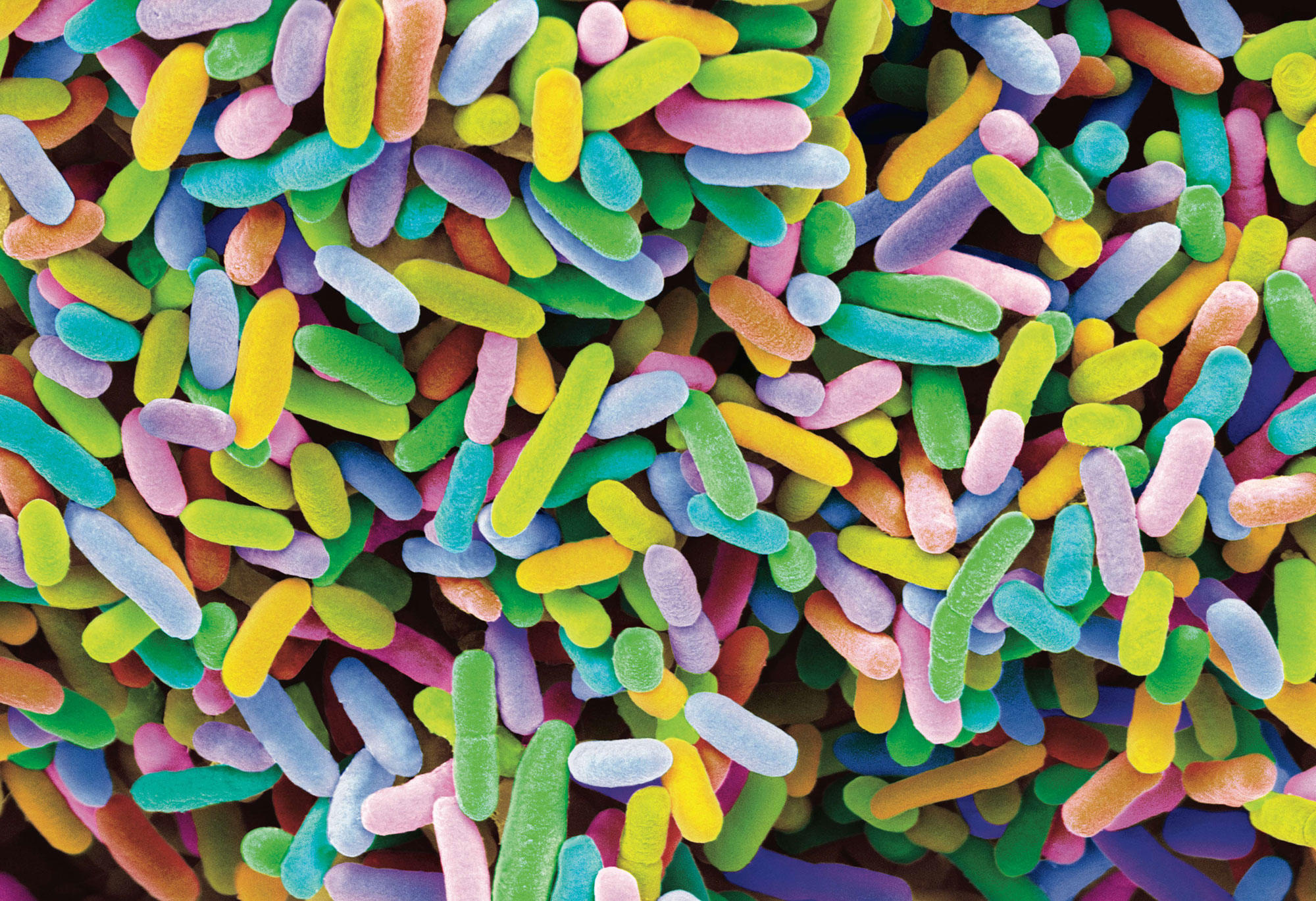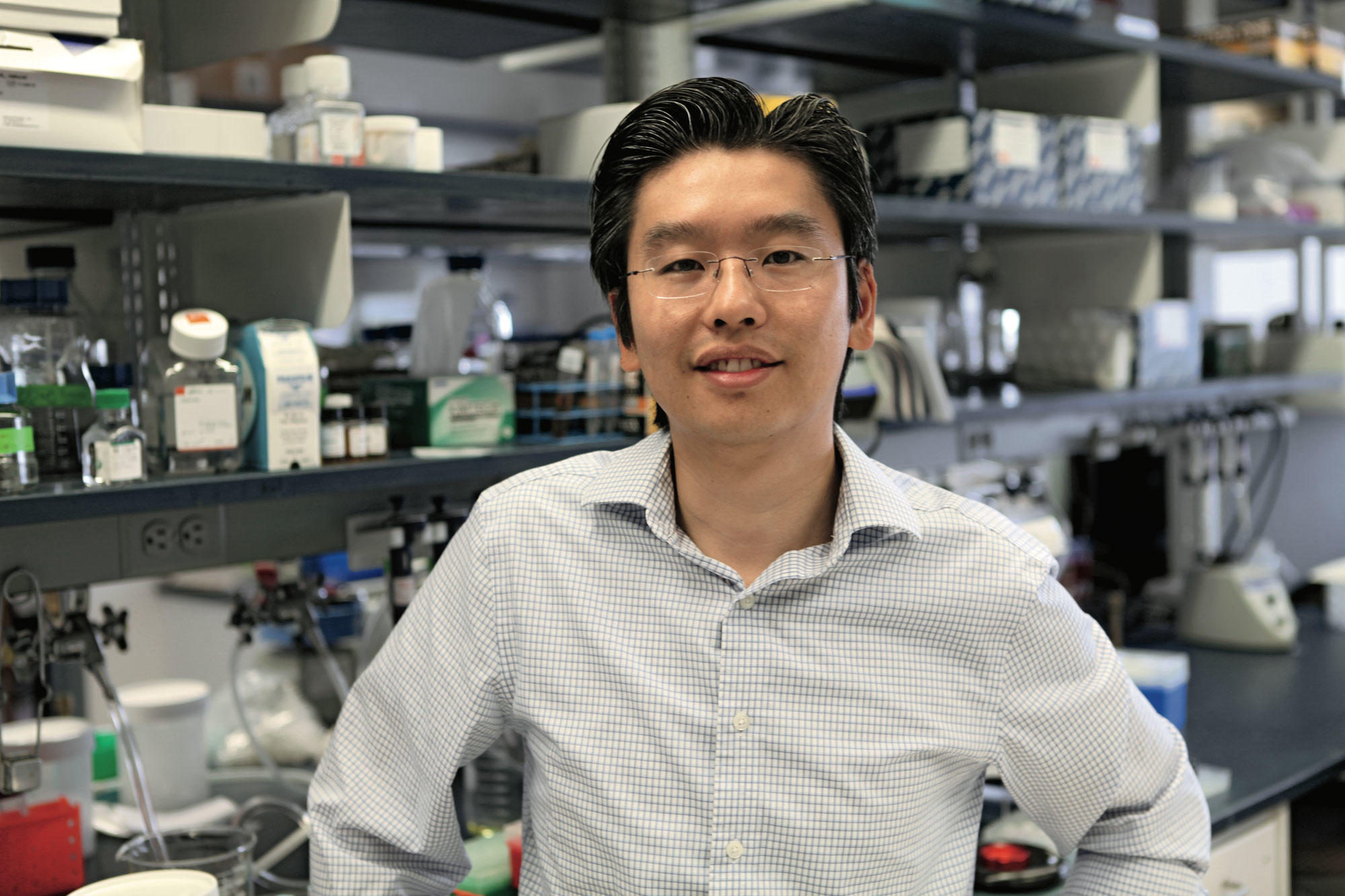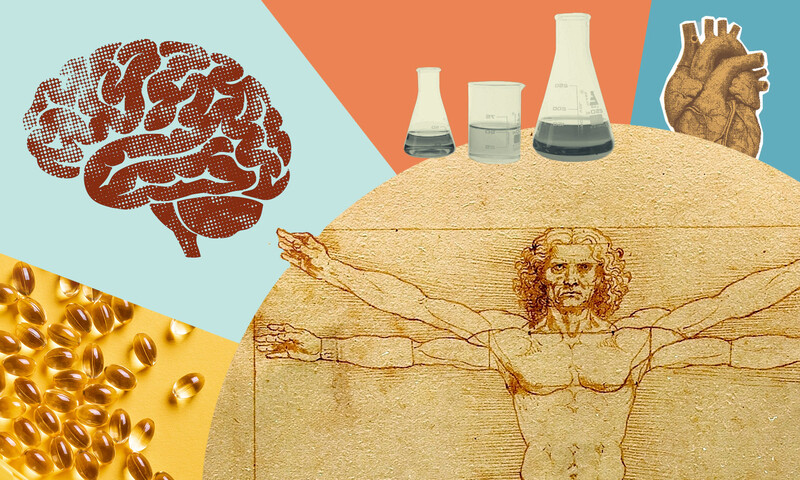Through a few clever molecular hacks, researchers at Columbia University Irving Medical Center have converted a strain of bacteria into a microbial “tape recorder” that they say could be used to detect the presence of invasive microbes, or worrisome levels of familiar molecules, inside the human body.
The researchers, led by cell biologist Harris Wang, modified an ordinary laboratory strain of the ubiquitous human-gut microbe E. coli, enabling it to record, in its own DNA, information about any microorganisms or chemical compounds with which it interacts. The new, specially engineered E. coli can also document the order in which it encounters other substances, thereby time-stamping the events.
“Such bacteria, swallowed by a patient, might be able to record the changes they experience through the whole digestive tract, yielding an unprecedented view of previously inaccessible phenomena,” says Wang, whose paper appeared in the journal Science.
To create this tool, the researchers exploited a part of E. coli’s immune system that snips out pieces of DNA from invading viruses and then stores the foreign code for the purpose of quickly recognizing and attacking the viruses in the future. (This special immune function, which is found in many bacteria and is known as CRISPR-Cas, has been used by other scientists as a gene-editing technology.) Wang modified CRISPR-Cas to record not only viral DNA but a variety of chemical signals. For example, his engineered E. coli could detect the presence of certain sugars in the gut that indicate an infection.
“The CRISPR-Cas system is a natural biological memory device,” says Wang, who notes that his technology will need to be made more efficient before it can be used clinically. “From an engineering perspective that’s actually quite nice, because it’s already a system that has been honed through evolution to be really great at storing information.”




